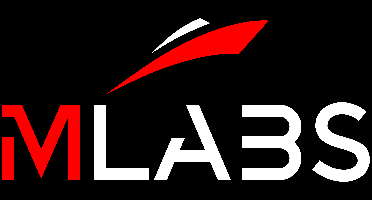
Luke Mahoney (MLabs)
Project OwnerLuke will act as the Grants Manager on behalf of the MLabs AI team. He manages several similar grant projects at MLabs, including numerous Project Catalyst works.
DEEP Connects Bold Ideas to Real World Change and build a better future together.
Coming Soon
Milestone Release 1 |
$30,000 USD | Pending | TBD |
Milestone Release 2 |
$20,000 USD | Pending | TBD |
Milestone Release 3 |
$10,000 USD | Pending | TBD |
There are many large, generic semantic graphs (e.g. WikiData, DBpedia, etc.) alongside growing numbers of domain-specific ones. LLMs offer a quick path to KG extraction but introduce: Inconsistency: erratic, non-deterministic entity resolution; Inaccuracy: missing or hallucinated predicates; Context loss: unstable frames of reference; Confidence: displaying confidence regardless of accuracy; Speed: impractical at scale. We are developing an AGI-focused KG tooling suite tackling these challenges via four modules—Context Identification, Entity Management, Predicate Management, and Confidence Management. This proposal addresses Context Identification for efficient framing of noisy KGs.
This RFP seeks the development of advanced tools and techniques for interfacing with, refining, and evaluating knowledge graphs that support reasoning in AGI systems. Projects may target any part of the graph lifecycle — from extraction to refinement to benchmarking — and should optionally support symbolic reasoning within the OpenCog Hyperon framework, including compatibility with the MeTTa language and MORK knowledge graph. Bids are expected to range from $10,000 - $200,000.
New reviews and ratings are disabled for Awarded Projects
Check back later by refreshing the page.
In this milestone we will ingest a JSON dump of WikiData selecting a suitable subset of the properties available and use it to create a test knowledge graph. We will write a production-quality implementation of the block factorization algorithm and test it on the resulting WikiData knowledge graph. We will detail the accuracy and computational efficiency of the decomposition and provide instructions on how to use the software for factorizing large graphs or as a recommender system.
Software for efficient block factorization of large knowledge graphs tooling for ingestion of WikiData and details of the results of factorizing the WikiData knowledge graph.
$30,000 USD
This milestone will probabilistically assign entities and predicates associated with those entities to the frames of reference determined in the first milestone. A specific entity can be assigned to more than one frame of reference - the degree of belonging is constrained to be 1 or less but there is no constraint on the sum of frame of reference assignment values as appropriate. Assignment of entities between more than one frame of reference provides the link between the different elements of the KG. Assignment of entities will be demonstrated on the same WikiData KG used earlier.
Software for entity assignment of factorized knowledge graphs tooling for ingestion of factorized graphs and details of the results of assignment for the WikiData knowledge graph.
$20,000 USD
The use of factorization into context-driven frames of reference enables more accurately guided and more efficient traversal of large KGs for specific tasks. This we believe introduces a focus mechanism which removes the superfluous information contained in large KGs that will be needed when using AGI-scale KGs for real-world tasks. This milestone will evaluate the quality of this focus.
Detailed report of experimental findings on the factorization and entity assignment of large KGs with efficiency and accuracy assessments determined using WikiData and other KGs as appropriate.
$10,000 USD
Please create account or login to post comments.
Reviews & Ratings
New reviews and ratings are disabled for Awarded Projects
Check back later by refreshing the page.
© 2025 Deep Funding
Sort by